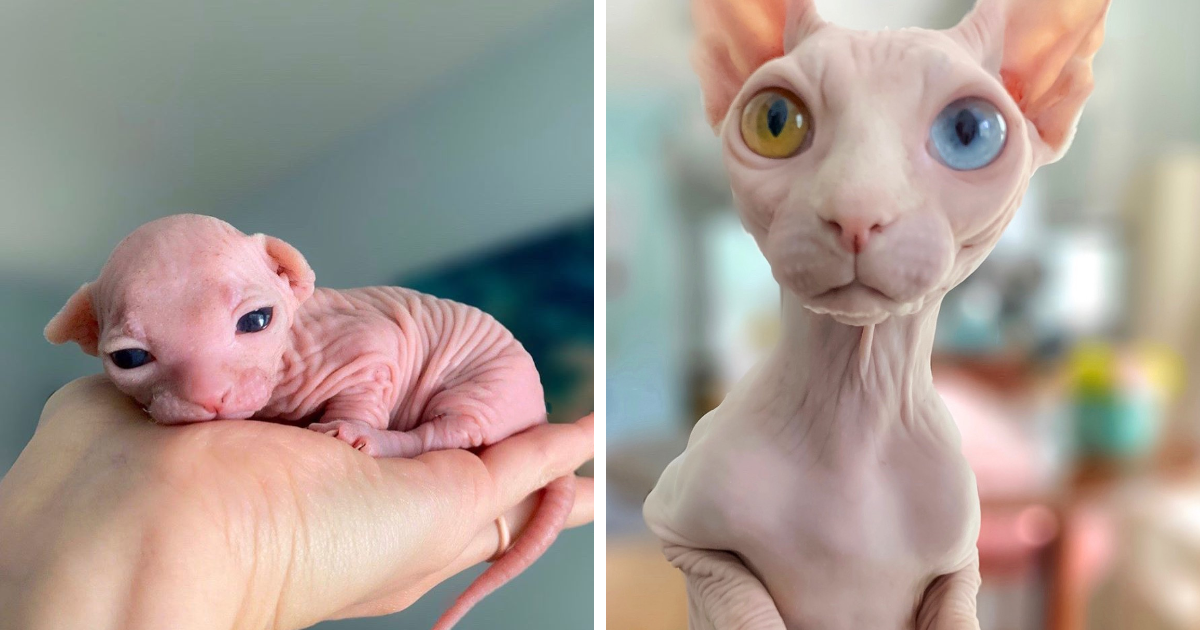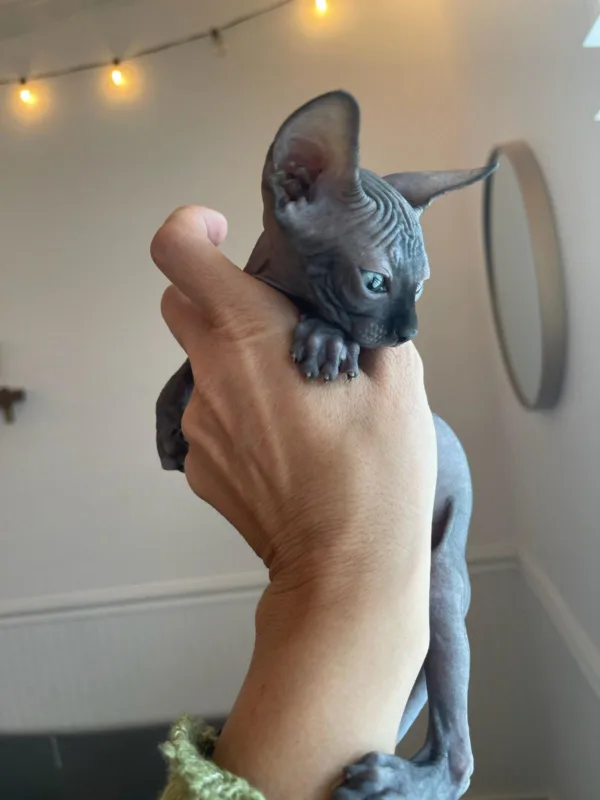Caring
Taking care of your cat’s well-being is crucial to ensure a long and joyous life. As a responsible cat owner, it is your duty to provide optimal care for your beloved companion. In this guide, we will explore essential tips for maintaining your cat’s health.
- Scheduled Veterinary Check-ups:
Initiating regular veterinary visits is paramount to keeping your cat in good health. Through routine check-ups, a veterinarian can detect any potential health issues early and administer appropriate treatment. For younger cats, annual check-ups are advised, while senior cats may benefit from biannual visits.
- Vaccination Protocol:
To safeguard your cat against various diseases such as feline distemper, feline herpesvirus, and rabies, timely vaccinations are necessary. Consult with your veterinarian to determine the suitable vaccination schedule for your cat’s specific needs.
- Parasite Prevention:
Fleas, ticks, and other parasites pose a risk to your cat’s well-being. It is crucial to shield your feline friend from these pests by regularly administering flea and tick prevention treatments. Even indoor cats can be exposed to parasites brought in by other pets, so it is essential to maintain a parasite-free environment inside your home and yard.
- Dental Care:
Dental issues are common among cats and can contribute to other health complications if left untreated. You can proactively prevent dental problems by offering your cat a balanced diet, engaging in regular teeth brushing, and providing dental treats. Moreover, scheduling routine dental cleanings with your veterinarian is vital.
By following these health care guidelines, you can ensure that your cherished cat enjoys a happy and healthy life. Remember, your attentive care plays a vital role in promoting your cat’s overall well-being.
- Dietary Guidelines:Ensuring a nutritious diet is paramount to your cat’s overall health. Here are some guidelines for maintaining a healthy diet for your feline companion.
- Optimal Nutrition:Select premium cat food that contains real meat and lacks artificial preservatives. Look for options tailored to your cat’s specific life stage.
- Portion Management:Avoid overfeeding your cat, as it can lead to obesity and related health issues. Measure their food accurately and provide appropriate portion sizes.
- Hydration:Cats require ample hydration for their well-being. Ensure a constant supply of fresh, clean water for your cat.
- Playtime Tips:Engaging in play is vital for your cat’s mental and physical stimulation. Consider the following tips for providing enriching playtime experiences.
- Interactive Toys:Choose toys that encourage your cat to interact, such as feather wands or toy balls.
- Dedicated Play Sessions:Allocate dedicated time each day to engage in play with your cat. This fosters a stronger bond and keeps them mentally engaged.
- Vertical Space:Satisfy your cat’s natural climbing and jumping instincts by providing vertical spaces like cat trees or wall shelves.
By following these guidelines, you can contribute to your cat’s well-being and create a fulfilling and healthy lifestyle for your beloved companion.
Hygiene
Proper hygiene is crucial for keeping your cat healthy and happy. Here are some tips for maintaining good hygiene for your cat.
- Grooming:
Regular grooming is essential for keeping your cat’s coat healthy and free of mats and tangles. Brush your cat’s fur regularly to remove loose hair and prevent hairballs.
- Bathing:
Cats generally don’t need baths, but if your cat gets into something dirty, a bath may be necessary. Use a cat-specific shampoo and warm water to bathe your cat.
Litter Training
Litter training is essential for cat owners. Here are some tips for litter training your cat.
- Choose the Right Litter:
Choose a litter that your cat likes and is easy for you to clean.
- Provide Multiple Litter Boxes:
Provide multiple litter boxes in different areas of your home. This will give your cat options and reduce accidents.
- Positive Reinforcement:
Reward your cat when they use the litter box correctly. This will reinforce good behavior and make them more likely to use the litter box in the future.





